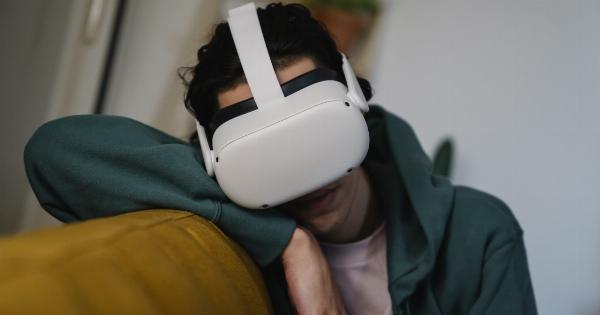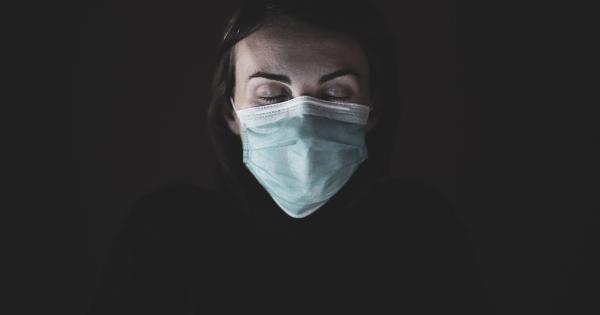Nearsightedness, or myopia, is a visual condition that affects millions of people worldwide. It is characterized by difficulty in seeing objects from afar, while closer objects remain clear.
In many cases, myopia can be corrected with eyeglasses or contact lenses. However, the burden of correcting this condition falls heavily on those who can afford it, leaving economically disadvantaged individuals behind.
Prevalence of Nearsightedness in Economically Disadvantaged Populations
The prevalence of myopia is higher in urban areas and among individuals of lower socioeconomic status.
A study by the National Eye Institute found that the prevalence of myopia in African American children was 3.3 times higher than that of non-Hispanic white children. Similarly, Latino children had a higher prevalence of myopia than non-Hispanic white children. These findings suggest that economically disadvantaged populations are more likely to develop nearsightedness.
Costs of Nearsightedness Correction
The cost of correcting nearsightedness can be a significant financial burden for many families, particularly those who are economically disadvantaged.
Eyeglasses and contact lenses can cost hundreds of dollars, and the cost of replacement lenses and frames can quickly add up. In addition, regular eye exams are necessary to ensure that the prescription is up to date and to monitor the progression of myopia. Unfortunately, these exams can also be costly, and many insurance plans do not cover them adequately.
Economic Barriers to Nearsightedness Correction
In addition to the cost of corrective lenses and eye exams, there are other economic barriers that prevent individuals from being able to correct their myopia.
For example, many families cannot afford to take time off from work or school to attend eye appointments. In addition, some families may live in areas with limited access to eye care services, making it difficult to receive necessary treatment.
Without access to corrective lenses and regular eye exams, individuals with myopia may struggle to perform well in school or work, further exacerbating the cycle of poverty.
The Importance of Early Detection and Treatment
The earlier myopia is detected and managed, the better the chances of preventing its progression. Regular eye exams are an essential tool in detecting myopia early, and they can also help to identify other eye conditions that may affect vision.
Unfortunately, many economically disadvantaged individuals do not receive regular eye exams, putting them at greater risk of developing more severe myopia.
Possible Solutions
To address the issue of myopia in economically disadvantaged populations, several solutions should be considered. One solution is to expand access to eye care services in underserved areas.
This could involve partnering with community organizations to provide free or low-cost eye exams and corrective lenses. Another solution is to increase awareness of the importance of regular eye exams and myopia management. Schools and community centers could provide education and resources to families about maintaining healthy vision.
Conclusion
Nearsightedness is a significant burden on many individuals, particularly those who are economically disadvantaged.
The cost of corrective lenses and eye exams, as well as other economic barriers, can prevent individuals from receiving the necessary treatment to manage their myopia. It is important to expand access to eye care services and increase awareness of myopia management in underserved populations to prevent the cycle of poverty from worsening.





























